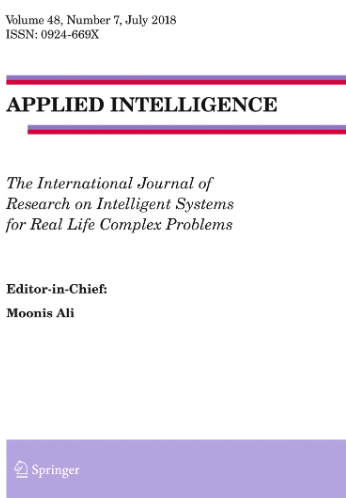摘要
基础模型的广泛采用极大地改变了机器学习,即使是简单的架构也能取得与最先进方法相媲美的结果。受大脑自然学习过程的启发--学习一个新概念会激活不同的神经通路,而回忆记忆则需要特定的刺激才能完全恢复信息--我们提出了一种在持续学习中进行动态任务识别和子模型选择的新方法。我们的方法利用了无监督学习稳健视觉特征模型(DINOv2)基础模型的强大功能,通过将数据集划分为多个经验(每个经验代表一个类别子集)来处理多经验数据集。为了建立这些类别的记忆,我们采用了多种策略,如使用随机真实图像、提炼图像、k-近邻(kNN)来识别最接近每个聚类的样本,以及支持向量机(SVM)来选择最具代表性的样本。在测试过程中,如果没有提供任务标识(ID),我们会提取测试图像的特征,并使用距离测量法将其与存储的特征进行匹配。此外,与传统的针对特定任务的方法不同,我们引入了一种新的遗忘度量方法,专门用于测量与任务无关的持续学习场景中的遗忘率。在推理过程中任务身份未知的情况下,该指标可捕捉跨任务的知识损失程度。尽管架构简单,但我们的方法在各种数据集上都能提供有竞争力的性能,在某些情况下甚至超过了最先进的结果。The widespread adoption of foundation models has significantly transformed machine learning, enabling even straightforward architectures to achieve results comparable to state-of-the-art methods. Inspired by the brain’s natural learning process-where studying a new concept activates distinct neural pathways and recalling that memory requires a specific stimulus to fully recover the information-we present a novel approach to dynamic task identification and submodel selection in continual learning. Our method leverages the power of the learning robust visual features without supervision model (DINOv2) foundation model to handle multi-experience datasets by dividing them into multiple experiences, each representing a subset of classes. To build a memory of these classes, we employ strategies such as using random real images, distilled images, k-nearest neighbours (kNN) to identify the closest samples to each cluster, and support vector machines (SVM) to select the most representative samples. During testing, where the task identification (ID) is not provided, we extract features of the test image and use distance measurements to match it with the stored features. Additionally, we introduce a new forgetting metric specifically designed to measure the forgetting rate in task-agnostic continual learning scenarios, unlike traditional task-specific approaches. This metric captures the extent of knowledge loss across tasks where the task identity is unknown during inference. Despite its simple architecture, our method delivers competitive performance across various datasets, surpassing state-of-the-art results in certain instances.

 求助内容:
求助内容: 应助结果提醒方式:
应助结果提醒方式:


